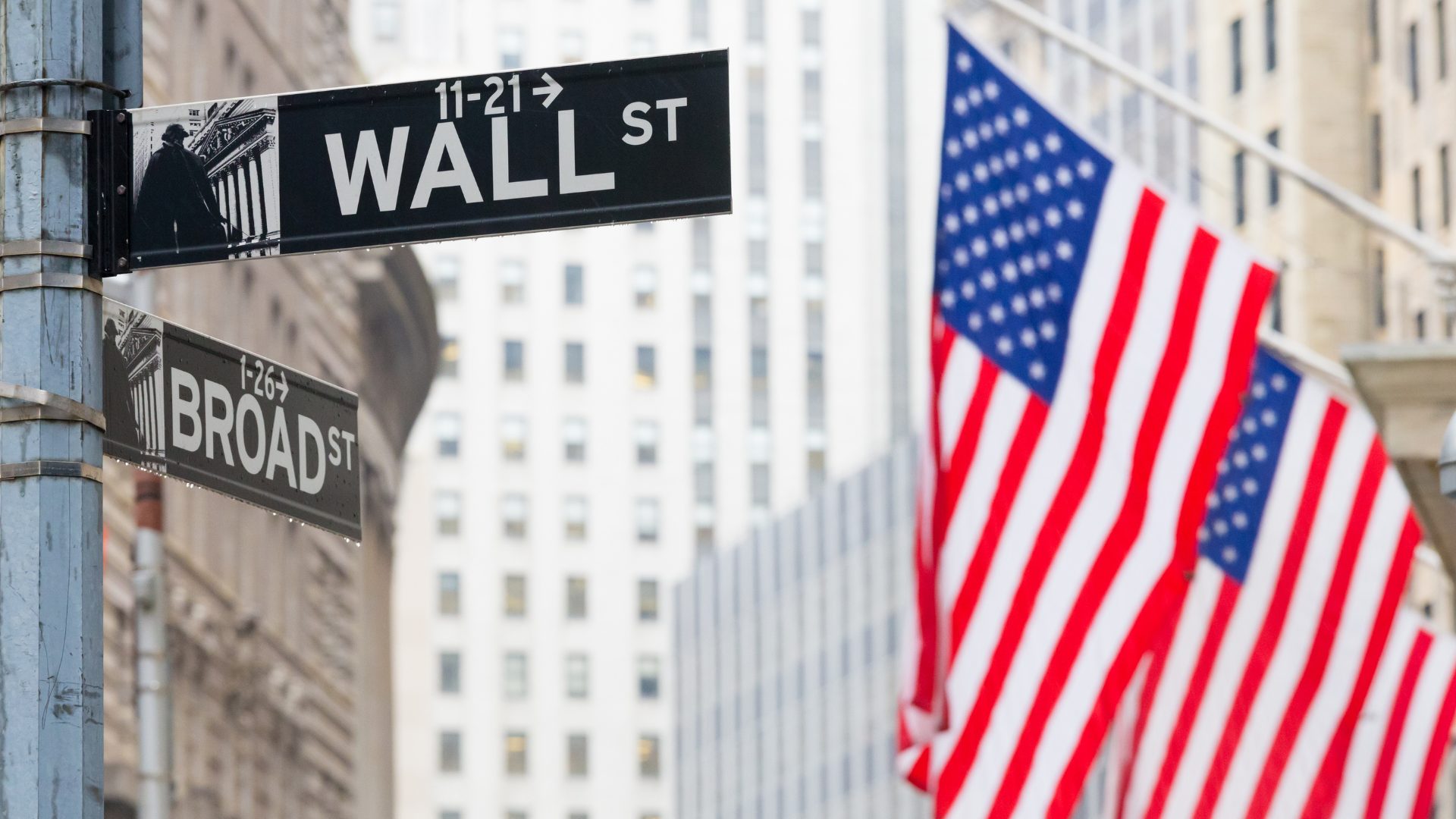The interplay between the sartorial sphere and stock market indices, especially Nasdaq 100 futures, may not be overtly evident; nonetheless, there exists a multifaceted relationship between these two seemingly divergent domains. Let’s delve into the dynamics of how fashion tendencies might sway stock market movements and the reverse.

From the Runway to the Stock Market: How Fashion and Nasdaq Futures Are Linked
Economic Signals
Consumer Sentiment
The fashion realm is often perceived as a gauge for consumer sentiment. Elevated confidence about fiscal conditions usually translates into heightened expenditure on luxuries such as designer attire, catalyzing enhanced sales and earnings for fashion-centric firms. Such an increase in consumer outlay can cast a favorable effect on the aggregate stock market, encompassing entities listed on Nasdaq 100 Index.
Available Funds
With the amelioration of fiscal conditions and a rise in available funds, individuals are prone to allocate more towards apparel, potentially bolstering the turnover of retail businesses, many domiciled within Nasdaq’s purview, hence influencing their share value and the trajectory of Nasdaq 100 futures. This shift in financial resources can have a direct impact on Nasdaq futures live, as it reflects changes in consumer spending patterns and economic conditions.
Sector Influence
Retail Segment Impact
The fashion sector is an integral segment of the retail industry. As eminent couturiers and retail behemoths unveil their quarterly figures, these revelations can be indicative of the segment’s vitality, swaying the investor’s stance toward retail equities on Nasdaq 100.
Tech Intersection with Fashion
The ascension of digital commerce and virtual storefronts, with tech firms (a substantial contingent within Nasdaq 100 ) providing ancillary services to fashion merchants, means that these tech companies’ prospects may oscillate in tandem with the fashion market. For example, an upsurge in digital purchases for trending apparel can buoy tech equities.
Market Tendencies and Perceptions
Rapid Fashion vs. Prestige Labels
The tug-of-war between rapid fashion and high-end labels can mold the dynamics of the stock market. Enterprises that deftly pivot to market shifts may witness their share value escalate, potentially bearing upon Nasdaq 100 futures. For instance, should a prestigious label experience a wane in popularity, this could bear unfavorably upon the index.
Partnerships between prominent tech enterprises and high-fashion marques can generate excitement and pique consumer interest, conceivably affecting the equity prices of the companies involved.
Global Distribution Networks
Production and Distribution
The international scope of fashion’s distribution chains implies that production perturbations in one region can bear upon Nasdaq 100 Index companies. For example, should a tech firm on Nasdaq 100 furnish logistical support to the fashion sector, convulsions in the distribution chains could bear upon its share valuation.
Cost of Raw Inputs
The fluctuation in prices of raw materials like cotton can influence fashion entities’ profit margins. These oscillations in cost can sway the profitability of fashion corporations, and thus, by extension, influence their share prices and the broader market sentiment.
Media and Promotional Role
Promotional Expenditure
Fashion brands allocate substantial investment toward promotion and advertising, much targeted at digital channels. This benefits digital ad enterprises and social network platforms on Nasdaq 100 Index, as greater promotional outlays translate into augmented revenues for these corporations.
Influence of Influencers
Social media tastemakers can significantly mold fashion currents. The triumph of influencer promotion strategies by apparel brands can impact the valuations of social media corporations on Nasdaq, considering their dependency on ad revenue.
Trends in Innovation and Sustainability
Eco-friendly Practices
An intensified focus on eco-friendly practices within the apparel industry can notably affect the stock market. As consumer consciousness shifts towards environmentally responsible fashion, brands that align with these expectations may see their market presence and equity worth rise.
Investor Mood
A rising predilection for eco-conscious investment, where financiers seek opportunities in socially and environmentally ethical corporations, is evident. Apparel firms renowned for sustainability could garner investor appeal, potentially heightening the demand for their shares and affecting Nasdaq’s overall performance, which might benefit from the augmented valuation of these ethically oriented entities.
Connection Between Fashion and Nasdaq 100 Futures
To sum up, the correlation between fashion runways and Nasdaq 100 futures might not be straightforward, yet it is undeniably existent. Factors such as consumer confidence, economic signals, the logistics of supply chains, and the retail sector’s fortunes constitute the ties that connect haute couture to stock market ebbs and flows. Furthermore, the intertwining of e-commerce in this equation underscores the increasing relevance of technology in the fashion industry. Grasping these interconnections can offer investors a more complex understanding of the marketplace, enabling them to foresee impending shifts in the fiscal terrain.
Read More:









